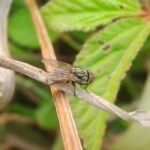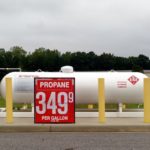Retaining walls offer many benefits for homeowners and property owners. For example, they can help prevent soil erosion and manage water runoff, which can protect the foundation of a building and prevent damage to surrounding structures.
The cost of building a retaining wall can vary depending on various factors, including the size of the wall, the materials you choose to use, and the complexity of the design. Generally, the cost of a retaining wall will start around $300 but can extend up to $10,000 depending on labor costs.
While building a retaining wall can be expensive, a well-designed and constructed wall can provide many benefits. Let’s examine the process, benefits, and cost of building retaining walls.
What is the Purpose of a Retaining Wall?
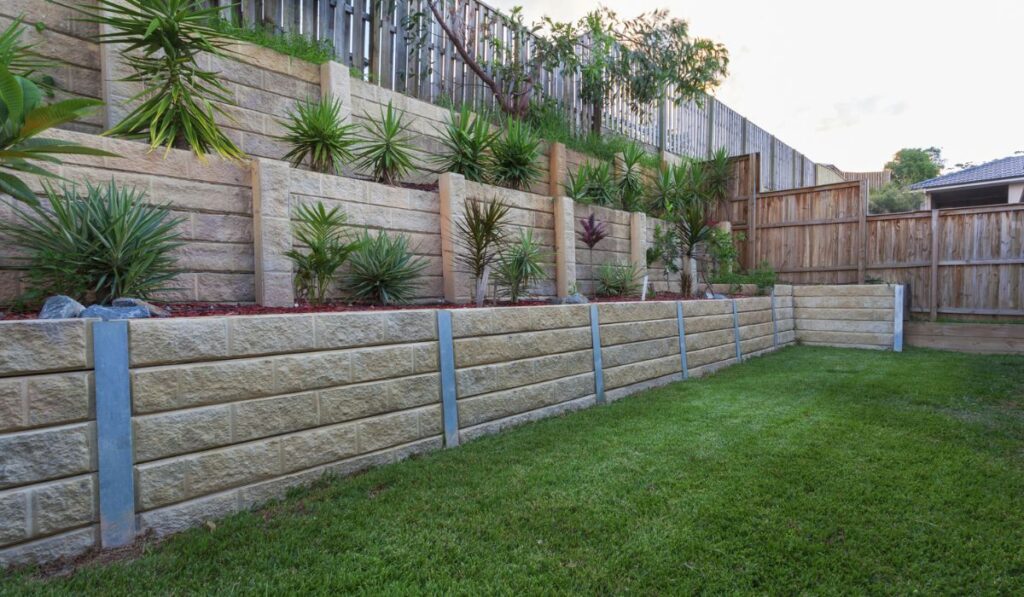
Retaining walls hold back soil and prevent erosion on sloped terrain. They are commonly used in landscaping, civil engineering, and construction to stabilize areas where the ground is uneven or steep.
The purpose of a retaining wall can vary depending on the specific situation, but generally, it is designed to:
Prevent Erosion
Retaining walls are often used to prevent soil erosion by stabilizing the slope. However, when soil is left to erode, it can cause damage to surrounding areas and make the slope more unstable. A retaining wall can help to prevent this erosion by holding the soil in place and providing stability to the slope.
Create Usable Space
In some cases, retaining walls create usable space in a sloped area. For example, a retaining wall can transform the sloped ground into a level surface for a garden, patio, or other outdoor space. That can be particularly useful for properties with steep slopes that would otherwise be difficult to utilize.
Support Structures
In construction, retaining walls can support other structures, such as roads, bridges, or buildings. By providing a stable foundation for these structures, retaining walls can ensure their safety and longevity.
Improve Aesthetics
Retaining walls can enhance a property’s aesthetics by creating a visually appealing landscape feature. You can achieve that by incorporating various materials such as natural stone, bricks, or concrete blocks into the design of the retaining wall.
Manage Water Flow
Another purpose of a retaining wall is to manage water flow. By creating a barrier, retaining walls can help to redirect water runoff and prevent damage to surrounding areas.
What is the Cost of Building a Retaining Wall?
- The first factor that affects the cost of building a retaining wall is the size of the wall. Therefore, it is important to determine the size of the retaining wall needed before estimating the cost.
- The materials used are the second factor that affects the cost of building a retaining wall. The materials used in building a retaining wall can include natural stone, concrete blocks, bricks, timber, or even recycled materials.
The cost of these materials can vary widely, depending on their availability and quality. Generally, natural stone and timber tend to be more expensive than other materials. At the same time, concrete blocks and bricks are typically more affordable. - The third factor that affects the cost of building a retaining wall is the type of construction. Several retaining walls include gravity, cantilever, anchored, and sheet pile walls. Each type of wall requires a different level of construction expertise and equipment, which can affect the project’s overall cost.
- The fourth factor that affects the cost of building a retaining wall is the complexity of the design. More complex designs may require additional labor and materials, which can drive up the project’s cost. Additionally, the retaining wall needs to be curved or terraced. In that case, this can add to the design’s complexity and increase the construction cost.
Overall, the cost of building a retaining wall can range from a few hundred dollars for a simple, small wall to tens of thousands for a large, complex wall made of expensive materials. Therefore, it is important to consider all factors that can affect the project’s cost before beginning construction.
Remember that consulting with a professional contractor can also provide a more accurate cost estimate and help ensure the project is completed safely and effectively.
DIY vs. Professional Installation
When installing a retaining wall, you are faced with whether to tackle the project yourself or hire a professional contractor. Both options have benefits and drawbacks, and it is important to consider each before deciding.
DIY Installation
Advantages
One of the primary advantages of DIY installation is the potential cost savings. You can avoid paying for labor costs and save money on materials by doing the work yourself. DIY installation also allows you to work at your own pace and on your schedule. You can take breaks and adjust your work to fit your availability.
Plus, DIY installation can be a great opportunity to learn new skills and gain experience in home improvement projects.
Disadvantages
The major disadvantage to DIYing a retaining wall is your lack of experience. Unless you have experience building retaining walls, you may not have the necessary expertise to ensure that the wall is structurally sound and built to code. DIY installation can also be time-consuming, especially if you have limited experience or work alone.
Not to mention that DIY installation can be dangerous, especially when using heavy equipment and materials. It is important to take proper safety precautions and use protective gear to minimize the risk of injury.
Professional Installation
Advantages
Professional contractors have the necessary expertise and experience to ensure the retaining wall is built to code and structurally sound. Plus, professional installation can be much quicker than DIY installation, as contractors can access specialized equipment and work efficiently.
Additionally, professional contractors often offer guarantees and warranties, giving you peace of mind that they will complete the project satisfactorily.
Disadvantages
Professional installation can be more expensive than DIY installation, as you pay for labor and potentially more expensive materials. You also may have less flexibility with professional installation, as they must work with the contractor’s schedule and availability.
Don’t forget that when hiring a professional contractor, you may have less control over the project, as the contractor will make decisions regarding the construction process.
Overall, both DIY and professional installation have their advantages and disadvantages. It is important to carefully consider the project’s specific needs and your skills and availability before deciding.
For example, professional installation may be safer and more effective for larger, more complex projects. In contrast, smaller, simpler projects may be more suitable for DIY installation. In any case, it is important to prioritize safety and ensure the retaining wall is built to code and structurally sound.
What to Consider Beforehand
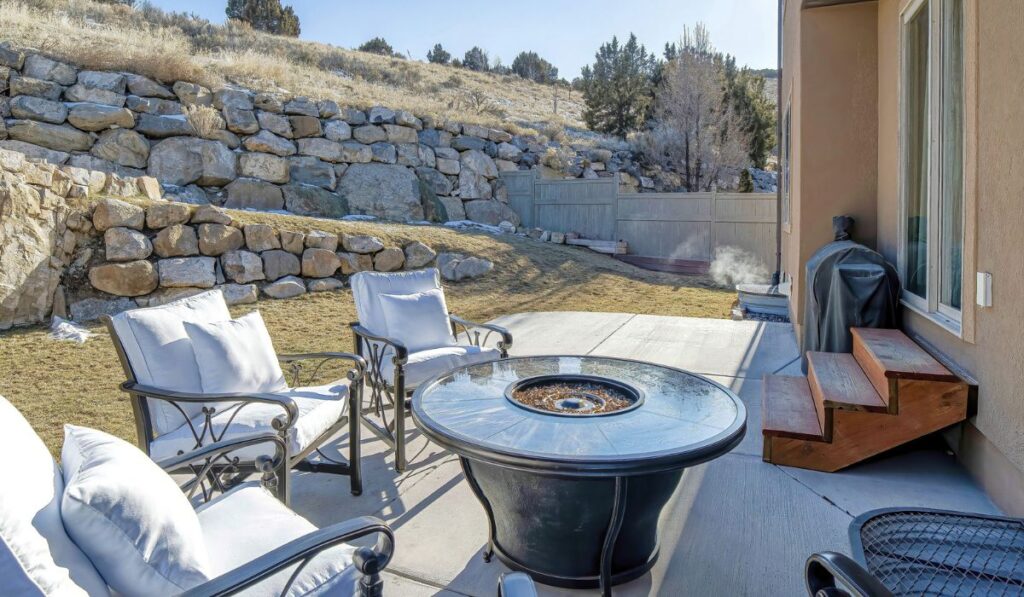
Before embarking on a retaining wall project, it is important to consider several factors to ensure the project is safe, effective, and meets your needs. So, before building a retaining wall, let’s discuss what to consider, including the various factors that can affect the project’s success.
Price of Materials
When considering the cost of building a retaining wall, one of the most important factors is the price of the materials. The materials used to build a retaining wall can significantly impact the project’s overall cost, so it is important to understand the price of each option.
Concrete
Concrete is popular for retaining walls because of its durability and strength. However, the cost of concrete can vary depending on the type and quality of the material used, as well as the size and complexity of the wall. On average, the cost of concrete ranges from $25 to $50 per square foot.
Natural Stone
Natural stone is a beautiful and long-lasting option for retaining walls but can be more expensive than other materials. The cost of natural stone can range from $35 to $70 per square foot, depending on the type of stone and the amount needed.
Timber
Timber is popular for retaining walls because of its natural look and affordability. The cost of timber can vary depending on the type of wood used. It will also depend on the size and complexity of the wall. Timber costs range from $25 to $35 per square foot.
Brick
Brick is a classic option for retaining durable walls with a timeless look. The cost of brick can vary depending on the type and quality of the material used, as well as the size and complexity of the wall. On average, brick costs range from $30 to $50 per square foot.
Gabion Baskets
Gabion baskets are wire cages filled with rocks or other materials and are a cost-effective option for retaining walls.
The cost of gabion baskets can vary depending on the size and complexity of the wall, as well as the type of material used. Generally, gabion baskets range from $10 to $25 per square foot.
Durability/Weather Resistance
When considering the construction of a retaining wall, it is important to consider the durability and weather resistance of the materials being used. A retaining wall is typically a long-term investment, and choosing materials that will withstand the test of time and the elements is important.
Concrete
Concrete is a durable material resistant to weather, water, and other environmental factors. Concrete retaining walls can last decades with proper maintenance, making them popular for many homeowners.
Natural Stone
Natural stone is a durable and attractive option for retaining walls and can withstand various weather conditions. However, choosing the right type of stone for the project is important. Some stones may be more susceptible to cracking or erosion over time.
Timber
Timber is a natural material that can be treated to resist weather and rot, but it is not as durable as other materials and may require more maintenance over time. Timber retaining walls can last several years with proper maintenance but may not be the best long-term investment.
Brick
Brick is a strong and durable material that can withstand various weather conditions. However, choosing high-quality bricks resistant to water and freeze-thaw cycles is important, as these factors can cause the bricks to crack over time.
Gabion Baskets
Gabion baskets are made of wire mesh and filled with rocks or other materials, making them durable and weather-resistant for retaining walls.
The wire mesh is typically coated with a protective layer to resist rust and corrosion. In addition, the rocks provide natural drainage and erosion control.
In addition to choosing durable and weather-resistant materials, it is also important to properly install and maintain the retaining wall to ensure its longevity.
You must implement proper drainage systems to prevent water buildup behind the wall, which can cause pressure and destabilization. Also, inspect retaining walls regularly for signs of damage or erosion and address any issues promptly to avoid costly repairs in the future.
Size of Yard
When planning the construction of a retaining wall, the size of the yard is an important consideration. The size of the yard can affect the size and scope of the retaining wall project, as well as the cost and complexity of the project.
Slope and Terrain
The slope and terrain of the yard can greatly impact the size and design of the retaining wall. For example, suppose the yard has a steep slope or uneven terrain. In that case, a larger and more complex retaining wall may be required to prevent erosion and provide stability.
Drainage
The size of the yard can also impact the drainage system of the retaining wall. For example, a larger yard may require more extensive drainage systems to prevent water buildup behind the wall, which can cause pressure and destabilization.
Access
The yard size can also affect the accessibility of the project site. In addition, a larger yard may require more heavy equipment and machinery to transport materials and complete the construction, which can increase the cost and complexity of the project.
Local Regulations
The size of the yard may also impact local regulations and zoning laws. Depending on the size and scope of the retaining wall project, you may need to obtain permits or meet certain requirements to comply with local regulations.
Budget
The yard size can also impact the overall budget of the retaining wall project. A larger yard may require more materials and labor, increasing the project’s cost. You should carefully consider your budget and work with a professional contractor to determine the best retaining wall that fits your needs.
Storage Space Needed
Retaining walls require a significant amount of materials, such as concrete blocks, natural stone, timber, or bricks, depending on the design and size of the wall. These materials can take up a considerable amount of space and may need to be stored on-site for an extended period.
Available Space
The amount of storage space required for the retaining wall project will depend on the size of the project and the number of materials needed. You should carefully assess the available storage space on their property to determine if it is sufficient for the materials needed for the project.
Temporary Storage Solutions
If there is insufficient storage space on the property, consider temporary storage solutions, such as renting a storage unit or arranging for off-site storage. However, these solutions can add additional costs to the project and may require additional time and effort to transport the materials to the site.
Planning and Timing
Proper planning and timing can help alleviate storage space concerns. Working with a professional contractor to determine the optimal time to order materials and schedule delivery to the project site would be best. This can help ensure that the materials are delivered and stored on-site when needed, reducing the need for long-term storage.
Material Type
The material chosen for the retaining wall can also impact the required storage space. Some materials, such as concrete blocks or gabion baskets, can be stacked. That means that they can be stored more efficiently than others, such as natural stone or timber, which may require more space and careful handling.
What Material is Best?
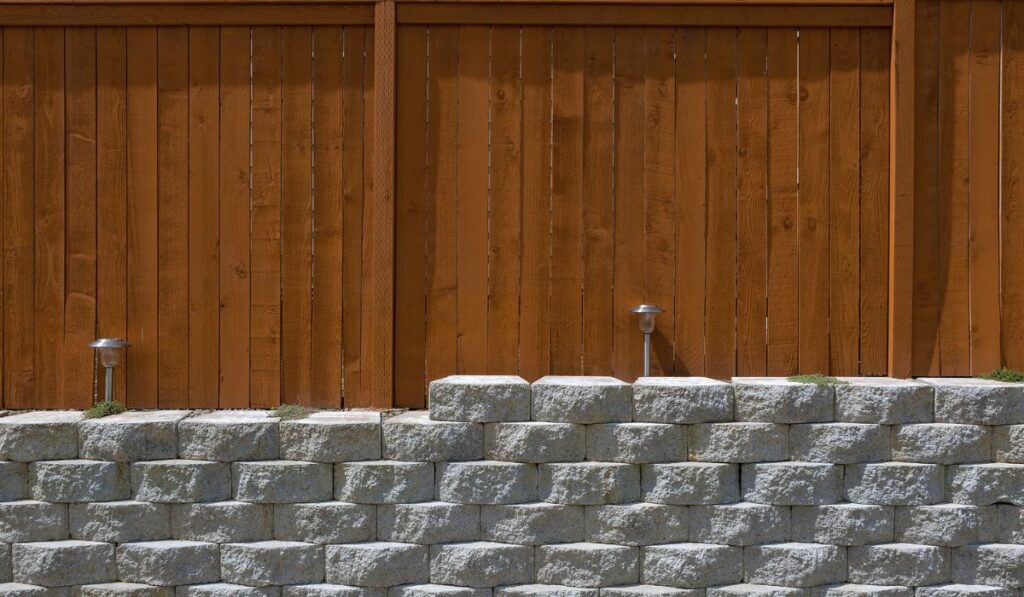
You can use various materials to construct retaining walls, each with advantages and disadvantages. Common materials for retaining walls include concrete blocks, natural stone, timber, bricks, and gabion baskets.
Concrete blocks are popular due to their durability and ease of installation. At the same time, natural stone offers a more aesthetically pleasing look.
Wood
Wood is popular for retaining walls due to its natural look and affordability. However, there are some factors that you should consider when choosing wood as a material for retaining walls.
One of the main concerns with using wood is its susceptibility to rot and decay, which can compromise the wall’s structural integrity over time. To mitigate this risk, you should choose pressure-treated wood treated with chemicals to resist decay and insect damage. Another factor to consider is the type of wood used.
Some types, such as redwood and cedar, are more naturally decay-resistant than others.
Additionally, wood retaining walls require regular maintenance, such as staining and sealing, to prevent water damage and prolong the lifespan of the wall.
Overall, wood can be a cost-effective and aesthetically pleasing option for retaining walls. Still, you should carefully consider the maintenance requirements and potential risks before deciding.
Concrete Blocks
Concrete blocks are a popular option for retaining wall construction due to their strength, durability, and ease of installation. They come in various shapes and sizes, allowing for various design options. Additionally, they are resistant to weathering and erosion, which makes them a great option for areas with harsh weather conditions.
Concrete blocks are also low-maintenance, requiring little upkeep beyond occasional cleaning. One potential drawback of using concrete blocks is that they can be more expensive than other materials, such as timber or bricks.
However, their longevity and resistance to damage can make them a cost-effective option in the long run. Unfortunately, concrete blocks are less aesthetically pleasing than natural stone or timber. Still, they can be painted or textured to improve their appearance. Overall, concrete blocks are a versatile and durable option for retaining walls.
Their strength and longevity make them a popular choice for many. However, it is recommended to consult with a professional contractor to determine if concrete blocks are the best material for the specific needs and goals of the project.
Stone
Natural stone is popular for retaining wall construction due to its aesthetic appeal, durability, and versatility. Stone retaining walls can provide a rustic and natural look that complements the surrounding landscape.
Natural stone is also highly resistant to weathering, erosion, and fire, making it durable and long-lasting. Natural stone can also add value to a property due to its high-end appearance. However, the cost of natural stone can be higher than other materials, such as concrete blocks or timber.
The weight and size of natural stone can also make installation more difficult and time-consuming, which can add to the overall cost.
Another consideration is that natural stone retaining walls require a solid foundation to support the weight of the stones, which may require additional excavation and preparation work. Nevertheless, natural stone is a beautiful and durable option for retaining walls. Still, you should carefully consider the cost, installation requirements, and overall design goals before choosing this material.
What Tools Will I Need?
Building a retaining wall requires various tools, depending on the type of wall and the materials used. However, some basic tools may be needed, including a shovel, rake, wheelbarrow, and measuring tape.
Additional tools may include a level, hammer, chisel, saw, drill, and screwdriver. For walls that require excavation, a mini excavator may be necessary.
For concrete blocks or natural stone walls, you may require a masonry or wet saw to cut and shape the materials. Safety equipment, such as gloves, safety glasses, and a hard hat, should also be used during construction. Ensuring all tools are in good condition and appropriate for the specific task is important.
Renting or purchasing tools can add to the project’s overall cost, so it is important to carefully consider the tools needed before beginning construction. You may also want to discuss with a professional to get a better idea of the tools you will need before you begin.




